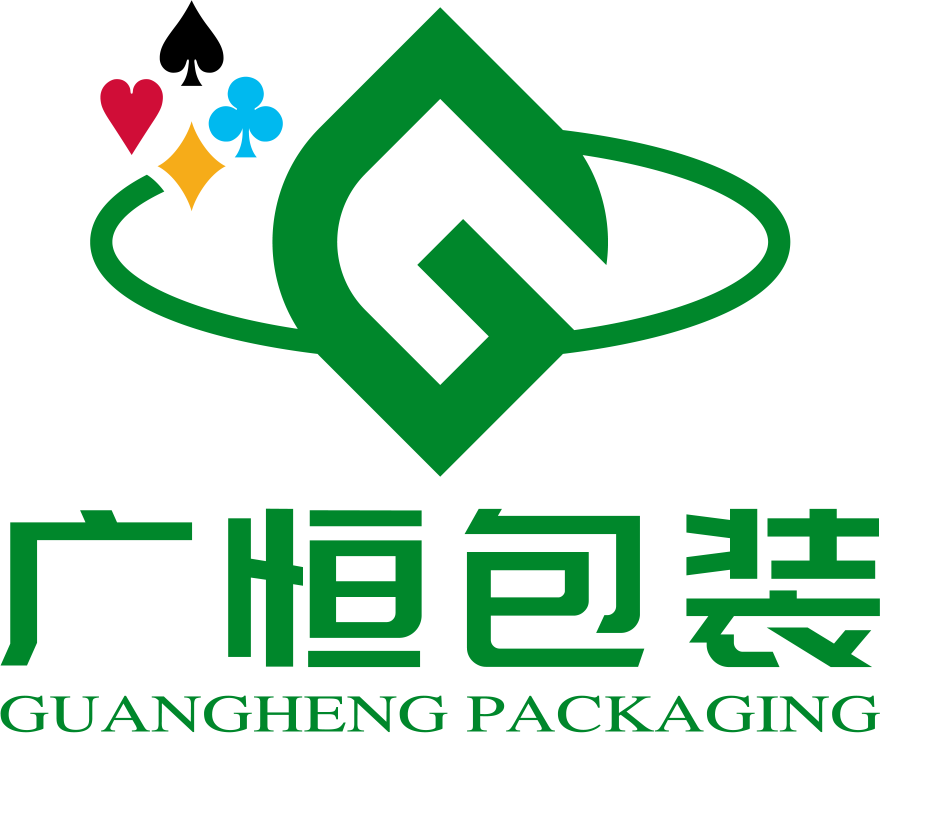Email format error
Email cannot be empty
Email already exists
6-20 characters(letters plus numbers only)
The password is inconsistent
Email format error
Email cannot be empty
Email does not exist
6-20 characters(letters plus numbers only)
The password is inconsistent

News
How To Use Flashcards For Language Learning
Wholesale OEM Multiplication Flash Cards manufacturer factory supplier
There’s something fundamental about using flashcards when you’re in the process of learning. You probably have some memory of using flashcards to learn the parts of a cell, important dates in history or your multiplication tables. But when’s the last time you used them? Flashcards can seem a little passé as you get older, but that shouldn’t be the case! Using flashcards for language learning is a great way to reinforce words and concepts.
If you’re not convinced, we have some advice that might change your mind. Whether you’re thinking of getting back into pen-and-paper flashcards or looking for a more modern option, we’ve got tips that will make learning easier.

Pen-And-Paper Flashcards
We understand if writing out a bunch of flashcards doesn’t seem like your idea of fun. But flashcards are one of the most flexible tools at your disposal. They’re fully customizable, they don’t need to be charged and they’re compact.
Pen-and-paper flashcards might seem intuitive, but there are a lot of ways you can use them efficiently. Here are a few options you might consider.
- Only make flashcards for the stuff you’re struggling with. When you were a kid, you might’ve gone through and made flashcards for every word on a vocab list. But if you do that now, you’ll end up with thousands of cards. And do you really need to make a flashcard to remember what bonjour means? Skip the easy stuff and save yourself some time.
- Swap out flashcards pretty frequently. If you have a single stack of flashcards you’re actively studying, you’ll want to reevaluate which ones you really need. Have you gotten one flashcard right every single time for the past few days? Move it to the side. Keep in mind, you shouldn’t throw the flashcards out entirely, and you might want to review them later on. Just because you know how to tell time in German today doesn’t mean it’ll stick with you forever.
- Go beyond direct translations. The most obvious way to use flashcards is to have a term in your learning language on one side and that same term in your native language on the other, but that’s not the only method. Maybe for verbs, you’ll want to include conjugation charts. Or maybe instead of including your native language, you can write definitions in your learning language instead on the other side (that way you’re forced to really think in the language you’re learning). Again, you can be as creative here as you want.
- Use color to your advantage. You can get flashcards in several different colors, and you should definitely go beyond the plain white ones. Using colors in your learning can create subconscious connections that will help you with your learning. You can use colors to mark words by their parts of speech or grammatical gender. Not only will that make organization easy, but also it may help certain ideas stick in your head more easily.
- Keep the flashcards organized. One of the biggest differences between learning a language in school and learning a language as an adult is that you have no one around to test you. You don’t have a quiz coming up specifically about weather terms in Russian, for example. That doesn’t mean your flashcards need to be in disarray, however. Keeping related concepts close to each other can help reinforce what you already know and what you need to master.
- Bring them everywhere. The main advantage of flashcards over other study habits is that you can use them pretty much any time. You can flip through them on a crowded subway, quiz yourself as you wait for your friend to show up at a cafe or refresh yourself on vocab right before you go to sleep. And if you’re the kind of person whose eyes feel sore after a day of staring at screens, flashcards present a nice, non-blue-lit option for filling your spare time.
In conclusion
For more information about Multiplication Flash Cards factory, Multiplication Flash Cards manufacturer, OEM Multiplication Flash Cards, wholesale Multiplication Flash Cards, we are glad to answer for you.

